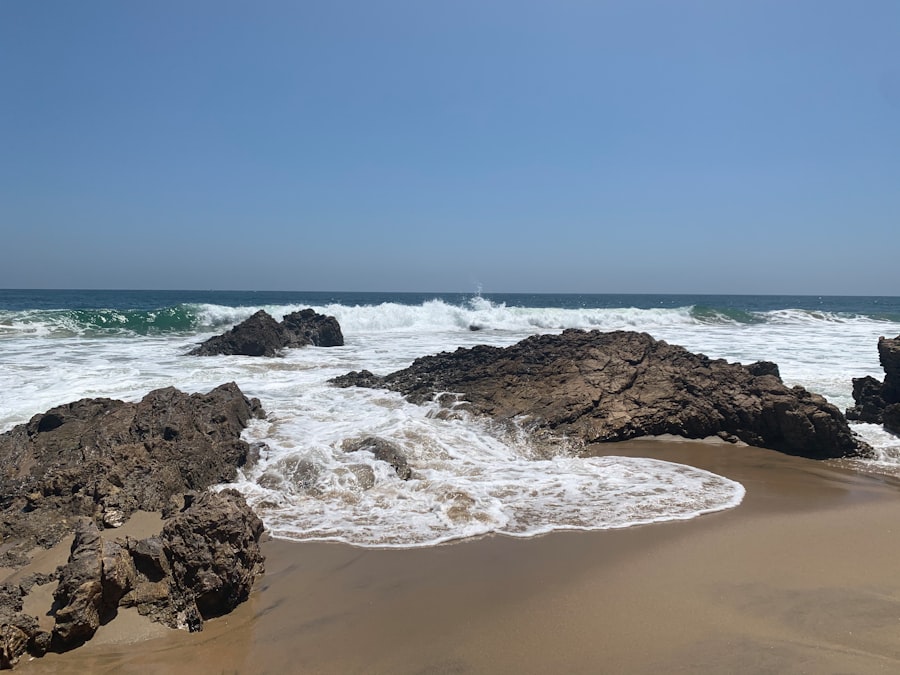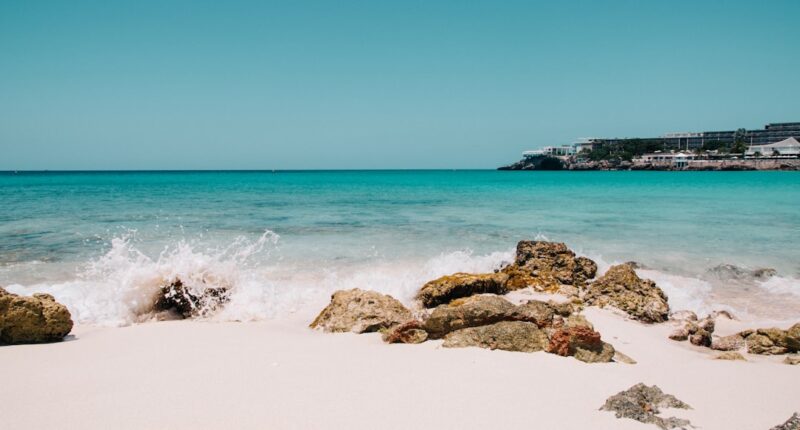Surfing is more than just a sport; it’s a way of life. The thrill of catching a wave and riding it to shore is an experience like no other. The feeling of being in sync with the ocean, the rush of adrenaline as you drop into a wave, and the sense of freedom as you glide across the water are all part of what makes surfing so addictive. Whether you’re a beginner or an experienced surfer, the ultimate surfing experience is about connecting with nature, pushing your limits, and finding joy in the moment.
For many surfers, the ultimate experience is finding the perfect wave – a wave that offers the right combination of size, shape, and power. It’s about being in the right place at the right time, reading the ocean’s movements, and making split-second decisions to position yourself for the ride of a lifetime. The ultimate surfing experience is also about exploring new breaks, traveling to different surf spots, and immersing yourself in the culture of surfing. It’s about connecting with fellow surfers, sharing stories, and building a community around a shared passion for the ocean and its waves.
Finding the Perfect Wave: Tips for Navigating the Surf
Finding the perfect wave is a combination of skill, knowledge, and intuition. It’s about understanding how waves are formed, how they break, and how to position yourself to catch them. One of the most important tips for navigating the surf is to study the ocean before you even enter the water. Look for patterns in the waves, observe how they break on different parts of the beach, and take note of any hazards such as rocks or rips. By understanding the behavior of the waves, you can increase your chances of finding the perfect ride.
Another tip for navigating the surf is to be patient and observant. Watch how other surfers are positioning themselves and learn from their movements. Pay attention to the timing of the sets and look for lulls in between waves where you can paddle out without getting caught inside. It’s also important to be respectful of other surfers in the lineup and wait your turn for a wave. By being patient and observant, you can increase your chances of finding the perfect wave and avoid unnecessary collisions or conflicts in the water.
Surfing Gear Essentials: What You Need for a Successful Ride
Having the right gear is essential for a successful surfing experience. The most important piece of equipment is, of course, the surfboard. There are many different types of surfboards to choose from, each designed for specific wave conditions and skill levels. Beginners may want to start with a longboard, which offers stability and buoyancy, while more experienced surfers may prefer a shortboard for maneuverability and speed. In addition to a surfboard, you’ll also need a leash to keep your board attached to your ankle, as well as wax to provide traction on the board.
Another essential piece of gear is a wetsuit, especially if you’re surfing in cold water or during the winter months. A wetsuit not only keeps you warm but also provides protection from rashes and abrasions. It’s important to choose a wetsuit that fits well and offers the right amount of insulation for the water temperature. Other essential gear includes sunscreen to protect your skin from the sun’s harmful rays, a rash guard for added sun protection and comfort, and fins to help you maneuver through the water more efficiently.
Safety First: Understanding the Risks and Precautions of Surfing
| Surfing Risk Factors | Precautions |
|---|---|
| Strong currents and riptides | Check local surf conditions and swim near a lifeguard |
| Collisions with other surfers or objects | Practice proper surfing etiquette and be aware of surroundings |
| Shark encounters | Avoid surfing at dawn or dusk, and in areas with known shark activity |
| Sunburn and dehydration | Use sunscreen, stay hydrated, and take breaks in the shade |
| Surfboard-related injuries | Use a leash, inspect equipment regularly, and learn proper board handling |
While surfing can be an exhilarating experience, it’s important to understand the risks and take precautions to ensure your safety in the water. One of the biggest risks in surfing is drowning, especially for beginners who may not be strong swimmers or familiar with ocean currents. It’s important to always surf within your limits, know your own swimming abilities, and never surf alone. Always be aware of your surroundings and never turn your back on the ocean.
Another risk in surfing is injury from collisions with other surfers or with your own board. It’s important to always be aware of other surfers in the lineup, communicate with them to avoid collisions, and practice proper etiquette in the water. In addition, it’s important to be mindful of potential hazards such as rocks, reefs, or marine life in the water. By understanding the risks and taking precautions such as wearing protective gear, surfing in safe conditions, and staying aware of your surroundings, you can minimize the potential dangers of surfing.
Mastering the Art: Techniques for Improving Your Surfing Skills
Mastering the art of surfing takes time, dedication, and practice. One of the most important techniques for improving your surfing skills is paddling. Paddling efficiently not only helps you catch more waves but also allows you to navigate through the lineup and position yourself for better rides. It’s important to use your entire upper body when paddling, keep your chest up, and use long, powerful strokes to propel yourself through the water.
Another important technique for improving your surfing skills is learning how to read and anticipate waves. By understanding how waves break and how they form, you can position yourself more effectively and catch waves with better timing. It’s also important to practice proper stance and balance on your board, keeping your weight centered and using your arms for stability. By mastering these techniques and practicing regularly, you can improve your surfing skills and become more confident in the water.
Surfing Etiquette: Respecting the Waves and Fellow Surfers

Surfing etiquette is an important aspect of being a responsible surfer and respecting both the waves and fellow surfers. One of the most fundamental rules of surfing etiquette is to respect the lineup and wait your turn for waves. It’s important to be patient, observe right-of-way rules, and communicate with other surfers to avoid collisions or conflicts in the water. It’s also important to share waves with others and not hog all the good rides for yourself.
Another important aspect of surfing etiquette is to respect the environment and leave no trace. This means picking up any trash on the beach, not disturbing marine life or coral reefs, and being mindful of your impact on the ocean ecosystem. It’s also important to be respectful of local surf culture and customs when visiting different surf spots around the world. By practicing good surfing etiquette, you can contribute to a positive and harmonious surfing community.
The Surfing Community: Connecting with Like-Minded Wave Riders
The surfing community is a diverse and vibrant group of individuals who share a passion for riding waves and connecting with nature. Whether you’re a beginner or an experienced surfer, there’s a sense of camaraderie and mutual respect among fellow wave riders. The surfing community offers opportunities to connect with like-minded individuals, share experiences, learn from others, and build lasting friendships based on a shared love for the ocean.
One way to connect with the surfing community is by joining local surf clubs or organizations that host events, competitions, and beach cleanups. These groups provide a sense of belonging and offer opportunities to give back to the ocean and coastal communities. Another way to connect with fellow surfers is through social media platforms and online forums where you can share stories, tips, and advice with others who share your passion for surfing. By connecting with like-minded wave riders, you can become part of a global community that celebrates the joy of riding waves and cherishes the beauty of the ocean.





